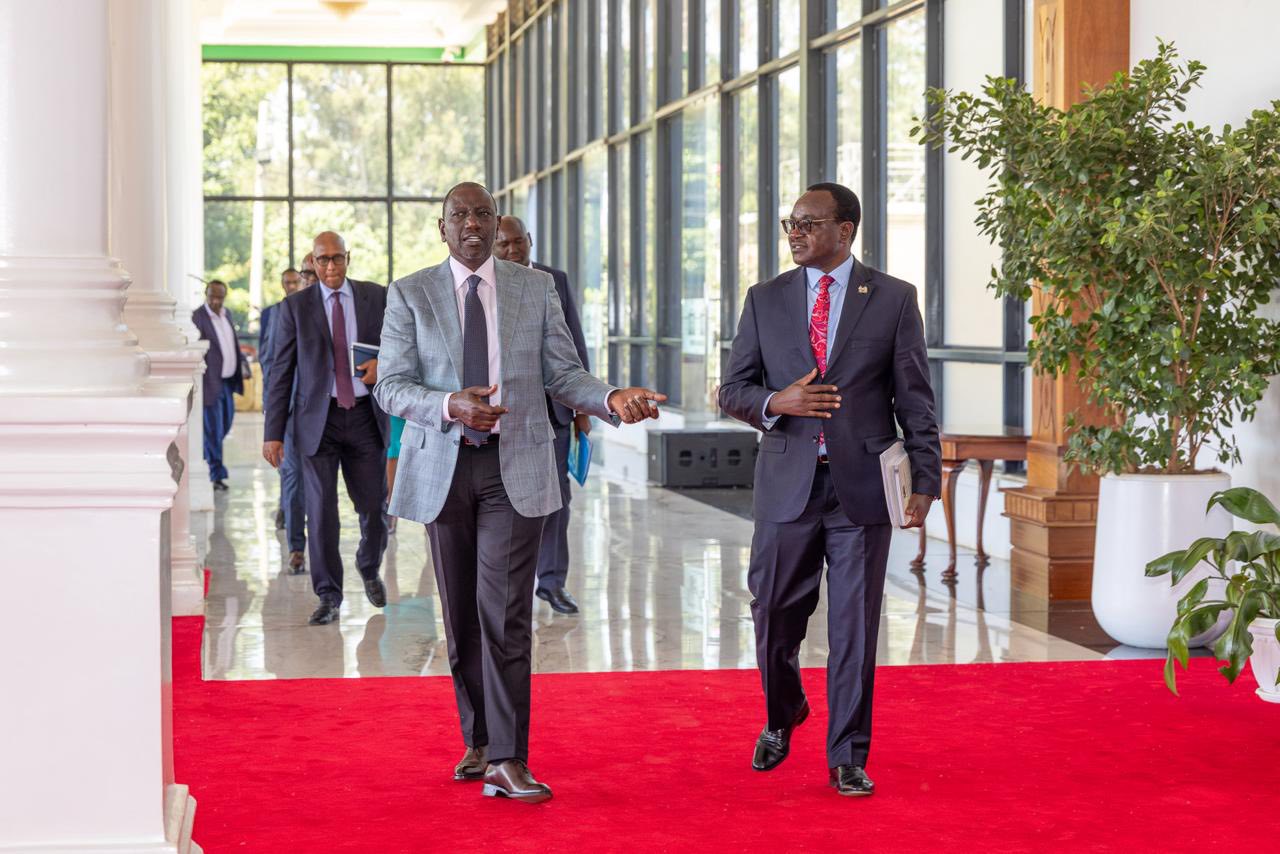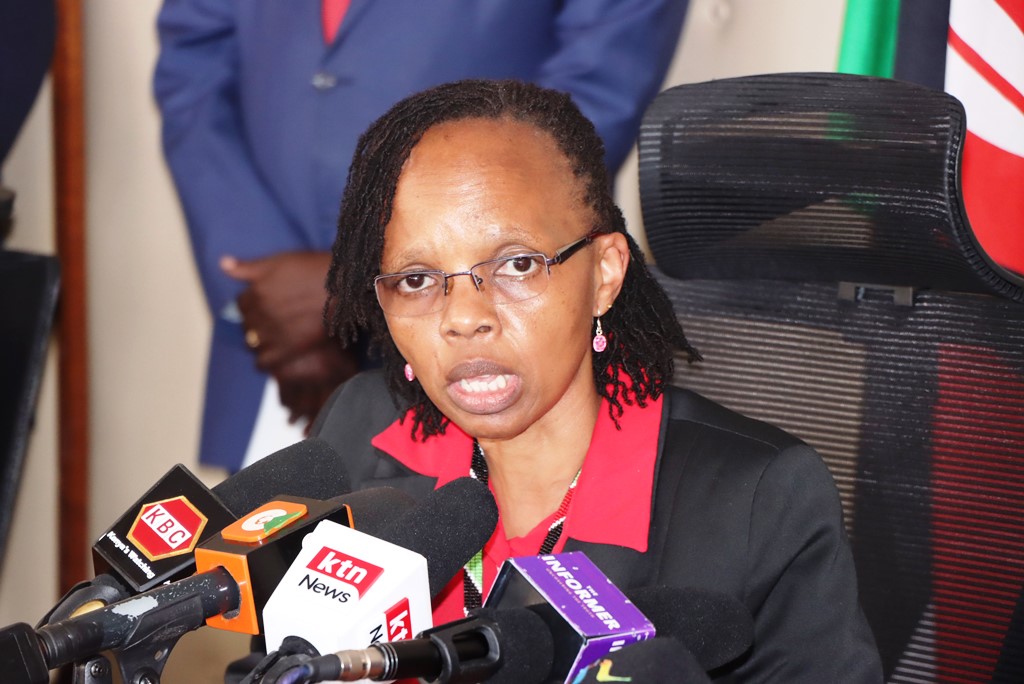By Education News Reporter
Special Needs Education (SNE) teachers in Kenya have revealed challenges they encounter while handling learners with Special Needs in various learning institutions in a recent research report by Education Development Trust (EDT) and Kenya Institute of Special Education (KISE).
The teachers, in the report dubbed Emerging Issues during dissemination of Literacy and numeracy report to Special Needs Education Teachers from Wasichana Wote Wafaulu (WWW) project schools, lamented about lack of motivation due to denial of special allowances which were withdrawn from teachers of learners of SNE.
The non-monetary 2021-2025 Collective Bargaining Agreement (CBA) signed in June 2021 between Kenya Union for Special Needs Education Teachers (KUSNET) and Teachers Service Commission (TSC) didn’t feature in the special allowance despite the union including it in the proposal they submitted to TSC.
In the KUSNET 2021-2025 CBA proposal, the union wanted SNE teachers to be paid Special School allowance payable to teachers deployed to designated special schools, units integrated and Education Assessment Resource Center officers (EARK) and KISE at Ksh 15,000.
Teachers also raised issues about the policy regarding inclusive education in the country stating that there are lack of formulation of policies and procedures.
They further stated that inclusive education is mentioned in some of the policy documents but they do not state how inclusive education should be put into practice. They added that they lack teaching and learning materials that are required for the students with visual impairments.
During the study, it was observed that literacy and numeracy outcomes for learners with visual impairments, physical disabilities and hearing impairments were low for all the grades.
The teachers now maintain that the outcome was also contributed by lack of material in the area of second language acquisition for visually impaired learners, with challenges of using Braille Machines emerging
For visually impaired learners, the knowledge regarding various concepts and areas is usually limited and due to lack of knowledge, they experience problems and difficulties in improving their performance in literacy and numeracy.
The visually impaired learners from poor backgrounds are not able to make provision of resources and materials for themselves.
Regarding learners with physical disabilities the teachers stated that most schools do not have adequate physical facilities thus disadvantaging a number of children with physical disabilities.
According to the report, teachers reported that infrastructure conditions were very poor in most schools and unattractive due to little care and consideration to learners with physical disabilities
The teachers also revealed further in the report that teaching and learning methods and approaches used are not inclusive to learners with physical disabilities and that majority of the teachers in primary schools are not trained in SNE thus they are using trial and error method while teaching children with disabilities.
The teachers agreed that the current national curriculum in primary schools did not cater for the SNE learners effectively, reporting further that only the government and parents financially supported learners with physical disabilities while Non-government organizations, financial institutions and private people showed little support for learners with physical disabilities.
Concerning performance of learners with hearing impairments, the teachers noted that they face difficulties when explaining abstract concepts to learners with hearing impairments, hence affecting comprehension especially of word problems in numeracy.
They further stated that there are generally communication barriers between teachers and the learners, lack of learning resources and hearing aids and work load being too big.
Fears also emerged that there were teachers in schools for the hearing impaired who were not conversant with sign language.
Research’s major observation
The key observations of the research on literacy gaps among learners with Special Needs in Education revealed that learners were able to read invented words than familiar words, as among the learners with HI, invented words required only the skill of decoding and finger- spelling letters of the alphabet.
The study revealed that the number of words read improved when reading untimed oral passage compared to timed oral passage. It further emerged that learners with disabilities perform better in reading when it happens in a tension free environment
It was observed that there are extremely wide variations in performance among learners within the same class, for example you could find one or two scoring above 80 percent in a particular question while the rest of the class fail. This was attributed to learner’s difference in abilities and availability of learning resources.
The teachers reported that the wide teacher and learner ratio and the performance demands by the school administration sometimes forces the teacher to move on with those who are able to grasp the concepts faster.
The study also showed that learners’ performance in comprehension questions was quite low and attributed the challenge to challenges in conceptualizing the content due to limited exposure to reading materials.
As learners progress from form one to form four, they encounter variety of subject areas with different learning methodologies and sign language variations and braille from different teachers some of whom come from universities without any prior exposure to sing language or braille leading to wide communication barrier between the learner and the teacher hence the low performance levels among learners with sensory disabilities.






